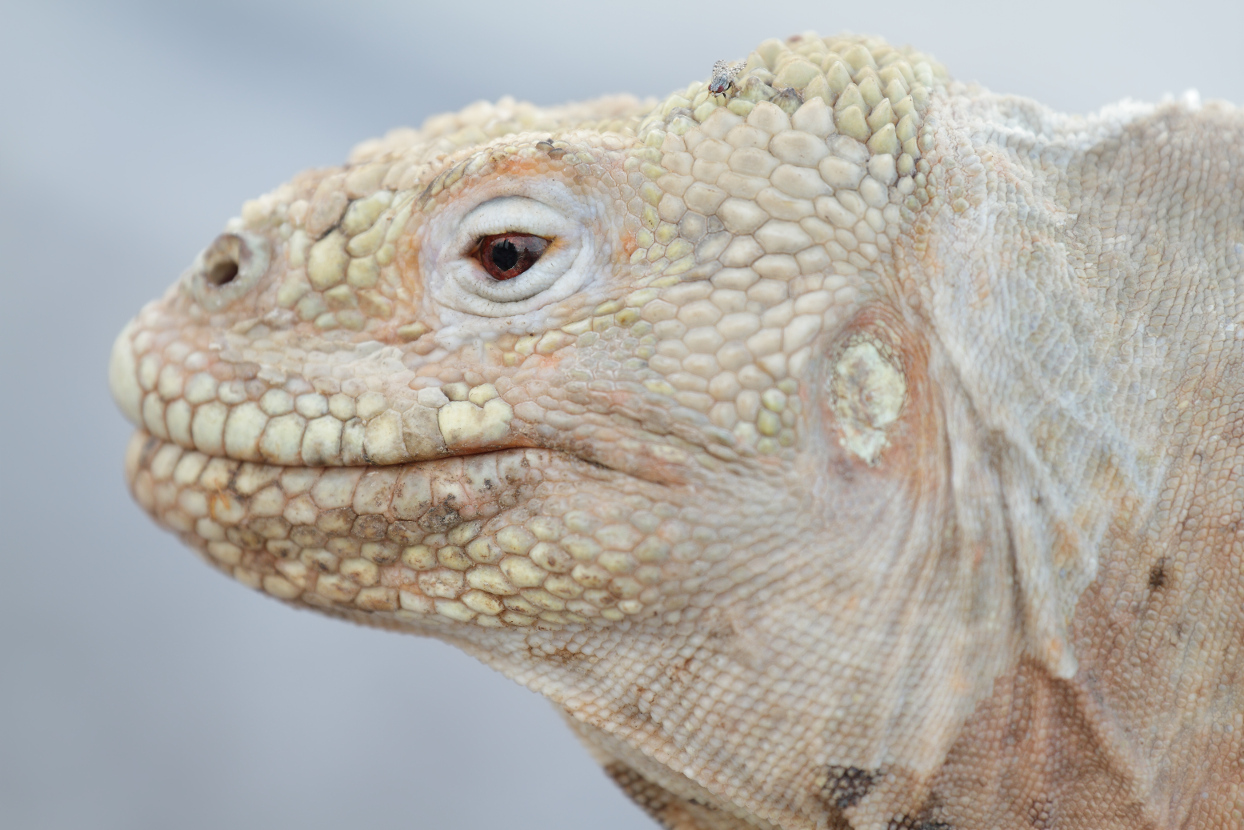180 years ago today, 7th January 1835, HMS Beagle dropped anchor on the Chonos Archipelago. Charles Darwin was on board. He would spend the next number of weeks conducting research. By November 1859, Darwin had published ‘On the Origin of Species’. His book transformed the study of the natural sciences.
Darwin’s central thesis argued that the diversity of Earth’s life is the result of the transmutation of species: new species developing from previous species. He argued that by the process of transmutation, all life is ultimately interrelated. Darwin also posited the concept of ‘natural selection’. By that, he argued that the species most suited to their environment are the ones to survive and thrive and thus replace less-suited species.
Darwin’s Theory of Evolution remains an emotionally charged issue. However, that the idea of a ‘faith and science’ conflict is a fairly recent phenomenon. Back in 1859, a number of theologians accepted evolutionary theory. The idea of God using evolution as an instrument of creation seemed utterly unproblematic to them. The Anglican minister, Charles Kingsley, for example, considered natural selection an instrument of creation, ‘just as noble a conception of Deity’. In the second edition of his book, in 1860, Darwin praised Kingsley as ‘a celebrated cleric’.[1]
Positions later became polarised as the idea of a ‘faith and science’ debate grew. The implication of Darwin’s theory of transmutation is that, ultimately, all life is interrelated. If correct, it means that all of humanity is distantly and ultimately related not only to chimpanzees, but also iguanas, giant tortoises, cats, dogs, fish, earthworms, lettuces, mushrooms and even to the parasitic Guinea-worm!
I mention the Guinea-worm because of work I am engaged with through The Leprosy Mission. For a number of years, we have been supporting a partner organisation in its campaign to eradicate the Guinea-worm. This parasite is ingested through poor quality drinking water, and grows within body tissues. Imagine a worm, the diameter of a piece of spaghetti and about 2 ½ feet long living inside you. Imagine the pain, nausea and discomfort as it eats its way through your body and out though your feet. Guinea-worm infestation is rarely fatal, but causes several months of disability. Significant progress has bene made in bringing it under control in the past 25 years. Eradication is a likely short term prospect.
Eradication of the Guinea-worm sounds like a great medical and community health success. Yet, in the course of our work, at least one gentleman criticised me for campaigning for the extinction of this species. He perceived eradication of the Guinea-worm as a great injustice. Who am I to campaign for the elimination of another species? What gives me the right to value the life and rights of Guinea-worm less than that of humanity?
The critic’s question is, of course, legitimate. His assumed answer may not be. Do we have the right to eradicate Guinea-worm? Do we have a right to destroy disease causing organisms at all? What do you think?
Image credit: Marisa Estivill/Shutterstock
[1] C. Kingsley, ‘Charles to Darwin’ on http://www.darwinproject.ac.uk/entry-2534, sent November 18 1859; ‘Darwin and design’ on http://www.darwinproject.ac.uk/darwin-and-design-article, retrieved November 21 2014.
